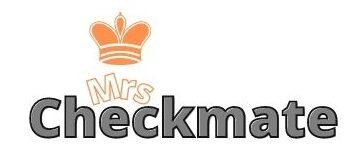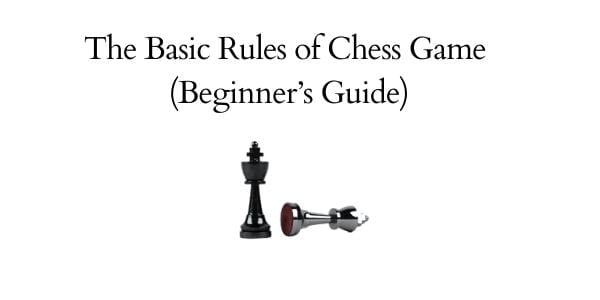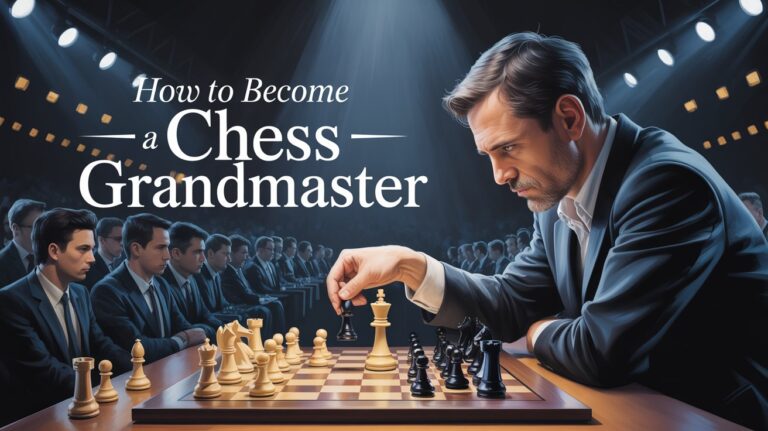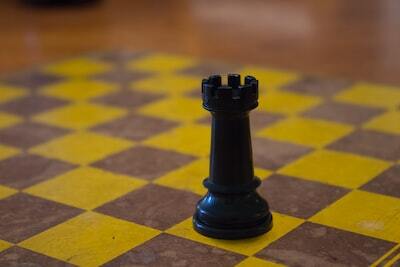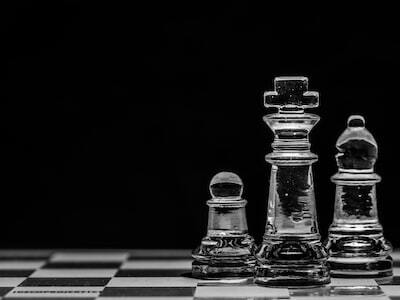How to Use Chess Clocks: A Beginner’s Guide
Discover the art of strategic time management in chess with our essential guide on how to use chess clocks.
Whether you’re a budding grandmaster or a casual enthusiast, this article demystifies the nuances of chess clocks, ensuring your game is as sharp as your mind. Learn to control the clock and dominate the board today!
Key Takeaways:
| Points | Details |
|---|---|
| Chess Clock Basics | A timer to track players’ moves. Originated in the 1800s. |
| Types | Analog, Digital, Online |
| Time Control | A preset limit on the total time players can use. |
| Using Clocks | Start/stop correctly, claim wins, handle disputes. |
| Tips | Manage time, plan moves, stay calm. |
| Benefits | Fair play, improve skills, manage time pressure. |
What is a chess clock?
A chess clock is a two-timer device that regulates the time each player has for their moves. These clocks ensure that games move at a steady pace and that players don’t spend excessive time on specific moves.
A brief history of chess clocks
The introduction of chess clocks dates back to the 19th century. Before their invention, games could drag on for hours, leading to disputes and disagreements. Chess clocks were introduced to maintain decorum and fairness. Dive deeper into the rich history of chess to get a broader perspective.
The importance of chess clocks
Chess clocks add a strategic dimension to the game. Players must balance quality of play with time management, leading to intense endgames and thrilling finishes. Moreover, in tournament settings, chess clocks ensure that games conclude within the scheduled timeframe.
How to use a chess clock
Using a chess clock is straightforward:
- Setting the Time: Before the game begins, set the allotted time for each player.
- Starting the Game: The player with the white pieces starts their timer by pressing the button or lever on their side.
- Making a Move: After making a move on the board, the player stops their timer and starts the opponent’s timer.
Common chess clock errors
Mistakes happen, especially for beginners. Common errors include:
- Forgetting to press the clock after a move.
- Accidentally knocking the clock.
- Setting the wrong time control.
Types of Chess Clocks
Analog chess clocks
These are traditional chess clocks with two adjacent dials and hands, resembling a two-faced clock. They don’t have advanced features like digital clocks but are still preferred by many for their simplicity. Learn more about how to use an analog chess clock.
Digital chess clocks
Digital chess clocks offer a range of features like multiple time control settings, delay, and increment options. They display the exact time left, eliminating guesswork. Check out some of the best digital chess clocks available.
Online chess clocks
With the rise of online chess, many platforms come with built-in digital clocks. They operate automatically, reducing the chance for human error.
Understanding Chess Clock Time Controls
What is time control?
Time control refers to the total time allocated to each player for the entire game or a certain number of moves.
Types of time controls
- Classical: Players have a set amount of time for the entire game (e.g., 90 minutes).
- Rapid: Each player gets between 15 to 60 minutes.
- Blitz: Each player has 3 to 5 minutes, leading to fast-paced games.
- Bullet: Games are super quick, with each player getting only 1 to 2 minutes.
How to choose a time control
Your choice depends on your comfort level. Beginners might prefer longer time controls to think, while experienced players might enjoy the thrill of Blitz.
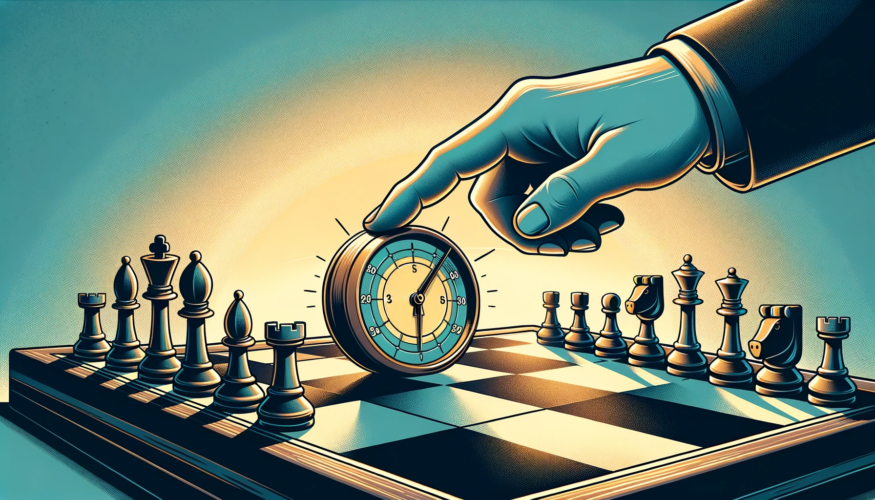
How to calculate your remaining time
With digital clocks, it’s straightforward. For analog clocks, keep an eye on the hour and minute hands. Remember, practice makes perfect.
Using a Chess Clock During a Game
When to start and stop the clock
Start the clock once the game begins. After making a move, hit your side of the clock to stop your timer and start your opponent’s.
How to claim a win on time
If your opponent’s time runs out before they make a move, you can claim a win on time. However, ensure you have sufficient material to deliver checkmate.
How to handle disputes over time
In official tournaments, an arbiter or referee can resolve disputes. In friendly games, it’s best to discuss and come to an agreement.
Tips for Using a Chess Clock Effectively
Be aware of your time
Regularly glance at your clock. Being time-aware helps in critical moments.
Don’t waste time during your opponent’s turn
Use your opponent’s time to think about your next moves.
Plan your moves in advance
Having a game plan allows you to move swiftly, conserving time for complex situations.
Use timeouts wisely
In games with increment or delay, use those extra seconds judiciously.
Don’t panic if you’re running low on time
Stay calm and trust your instincts. Panicking often leads to blunders.
Conclusion
The benefits of using a chess clock
Chess clocks enhance the game, making it more strategic and intense. They teach time management and decision-making under pressure. Explore the myriad benefits of chess to appreciate the game’s depth.
Resources for learning more about chess clocks
There’s always more to learn. Check out detailed [chess clock reviews
